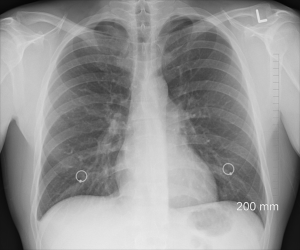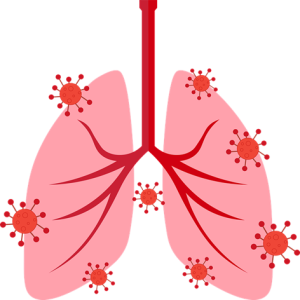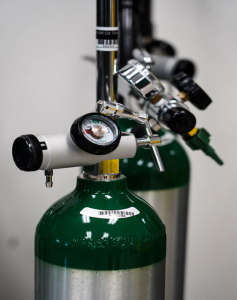Fibrosis is a condition in which regular, healthy tissue in your body is replaced with scar tissue.

In pulmonary fibrosis, this scarring takes place in the lungs, affecting the tissue between your alveoli. This inhibits the regular function of the alveoli, making it more difficult to exchange oxygen.
Learn what you can do to prevent damage to your lungs and to manage cases of pulmonary fibrosis.
Symptoms of Pulmonary Fibrosis
Early cases of pulmonary fibrosis may cause very few symptoms, but as it progresses, shortness of breath and other symptoms grow noticeably worse.
These symptoms can include more general symptoms for lung conditions like a dry cough, shortness of breath, and fatigue, as well as more specific ones such as aching joints, sudden weight loss, and marked swelling of the toes and fingertips known as clubbing.
These symptoms can grow worse very suddenly in a condition known as acute exacerbation. If you experience acute exacerbation of your symptoms, seek medical treatment.
Causes of Pulmonary Disease and Scarring
Certain medications, health conditions, and environmental toxins can increase your risk of developing pulmonary fibrosis.
Medications
Some prescription and over-the-counter medications can cause damage to the lungs as a side-effect. This can lead to pulmonary fibrosis.
For example, some antibiotics and anti-inflammatory drugs have been connected to lung scarring. Chemotherapy medications, as well as drugs used to treat irregular heartbeats, may also increase your risk of pulmonary fibrosis.
Health Conditions

Various health conditions can cause damage to your lungs. These include rheumatoid arthritis, pneumonia, polymyositis, dermatomyositis, scleroderma, and mixed connective tissue disease.
Not all cases of these health conditions will result in lung scarring, but there is evidence to suggest a correlation between them and pulmonary fibrosis.
Environmental Pollutants
Various toxic substances can lead to pulmonary disease and fibrosis if you inhale them.
Potential environmental hazards include dust from coal, grain, wood, hard metals or silica, asbestos fibers, and smog. These chemicals make it more difficult for you to breathe, straining your lungs and causing damage and scarring.
No Clear Cause
In some cases, pulmonary fibrosis can develop without a clear cause. This is known as idiopathic pulmonary fibrosis. It is fairly rare compared to other forms of pulmonary fibrosis, but still affects about 100,000 Americans.
Managing Pulmonary Fibrosis and Other Lung Conditions
Unfortunately, there is currently no cure for pulmonary fibrosis.
Still, there are treatments and lifestyle changes you can make that will relieve some of the associated symptoms and prevent additional scarring.
Oxygen Therapy

Oxygen therapy involves inhaling oxygen directly from a pressurized container to supplement the amount of oxygen you get from the air. You may have to do this once or twice a day to supply your body with the oxygen it needs, such as during exercise or sleep, or you may need continuous oxygen therapy.
This treatment method doesn’t prevent further scarring nor does it cure pulmonary fibrosis, but it does make breathing easier on a regular basis. It can also reduce your risk of developing any complications caused by low blood oxygen levels.
Medications
As of now, the FDA has approved 2 medications that slow down the rate of fibrosis and scarring in the lungs. These can help improve quality of life and help prevent the onset of acute exacerbation of symptoms.
Other medications treat conditions that often occur in people with pulmonary fibrosis. For example, many people with this condition experience acid reflux or GERD, so doctors may suggest the use of acid-reducing medication.
Lung Transplants
A lung transplant is one of the most effective ways of treating pulmonary fibrosis.
However, this option may not be available to everyone. Waiting lists for lung transplants can be long, the procedure is costly, and some people may not be healthy enough to undergo the procedure. Speak with your doctor about whether or not a transplant is a viable option for you.
Final Thoughts
Achieving a higher quality of life with pulmonary fibrosis is possible through pulmonary rehabilitation. This involves a number of lifestyle changes you can make to improve your lung function and support your health.
